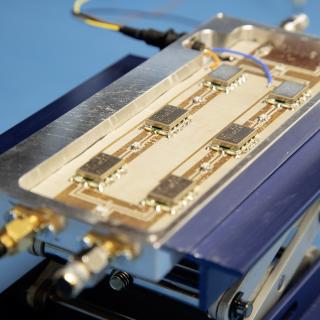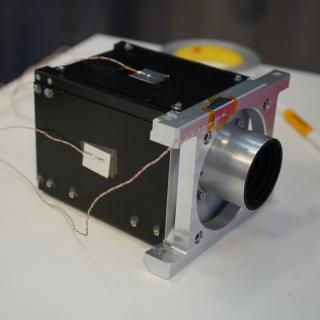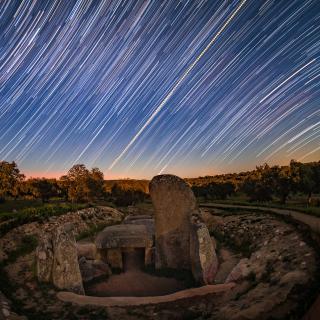
The aim of this collaboration is to improve the coordination and the efficiency of the work which the two organizations perform to protect biodiversity in the area of the Roque de los Muchachos, and to ensure a rapid reaction to new threats.
Advertised on




